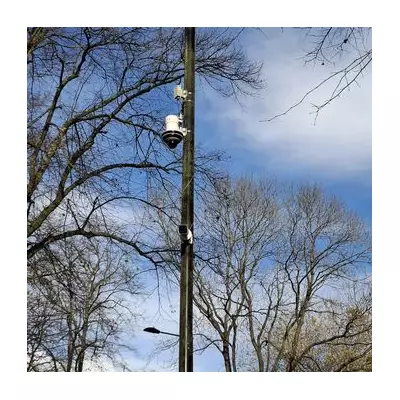
British gardeners are facing a silent epidemic threatening the nation's beloved rose gardens. The culprit? Black spot disease, a fungal infection that's spreading rapidly during the current humid conditions.
This pervasive plant problem manifests as dark, circular spots on rose leaves, eventually causing yellowing and premature leaf drop. Left untreated, it can severely weaken plants and reduce flowering throughout the season.
The Science Behind the Spread
Black spot thrives in warm, wet conditions, making British summers particularly problematic. The fungus spreads through water splashes and can linger in soil and plant debris over winter, ready to re-infect new growth in spring.
Expert Defence Strategies
Gardeners can fight back with these proven techniques:
- Strategic Watering: Always water at the base of plants early in the day, avoiding moisture on leaves
- Airflow Management: Prune plants to improve circulation and allow leaves to dry quickly
- Sanitation Practices: Regularly remove and destroy fallen infected leaves to prevent spores overwintering
- Resistant Varieties: Consider planting modern rose varieties bred for disease resistance
Organic Solutions Versus Chemical Treatments
For those preferring organic approaches, baking soda solutions and sulphur-based sprays can provide effective control. More severe cases may require targeted fungicides, but always follow manufacturer instructions carefully.
The key to success lies in consistent, preventative care rather than waiting until the disease takes hold. Regular monitoring and early intervention can save your roses from this destructive fungal threat.





